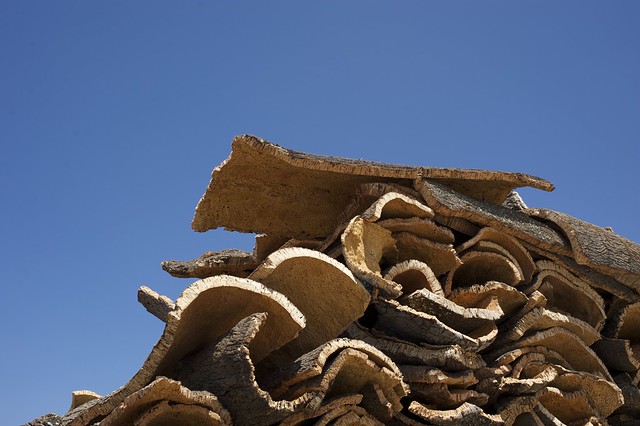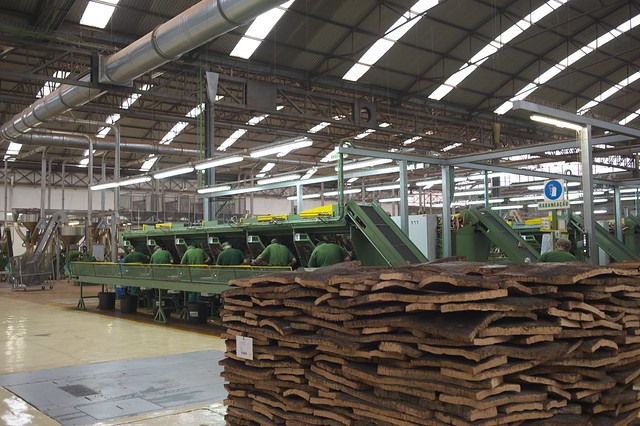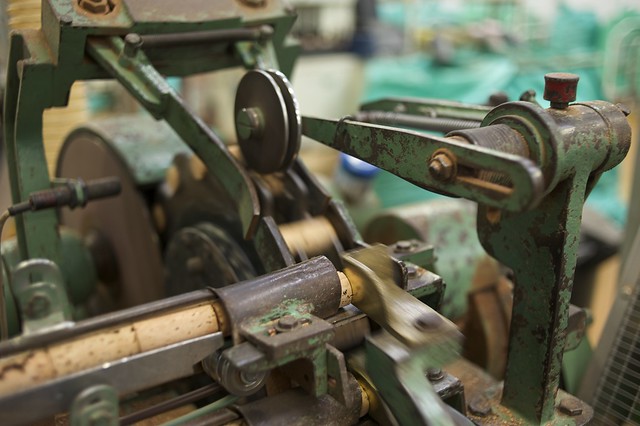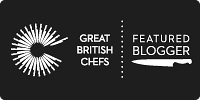POP! It’s the exuberant sound of victory, celebration and achievement. And it starts with a simple pull of a cork stopper from a wine bottle.
During such festive moments, the humble stopper is soon discarded and hardly ever acknowledged as a key an element. Still, stoppers are a big deal – and big business too.
Following our time in the cork forest of Rio Frio, Kemey and I headed north toward our final destination of Porto with visits to cork production facilities along the way tracing Amorim’s route and the process of transforming raw cork into finished products with visits to cork production facilities along the way.
Just up the road 60k or so from Rio Frio is an industrial unit in Coruche, where harvested cork planks are left for at least six months to moisten for processing before being boiled in stainless steel tanks to soften, clean and strengthen the material. After that, planks to be used in natural cork stoppers move on to other facilities and are cut into strips and punched to extract the cylindrical stoppers. The stoppers then are sorted and classified based on their grade by a computer. Some high tech gas chromatographic analysis, steam distillation, washing, polishing and branding later and the stoppers are good to go.
Amorim – the world’s largest producer of cork products and the “most international” of Portuguese companies – sells something like four billion cork stoppers annually. They range in price from €0.02 to €2, with the higher priced ones being extracted from a single cork strip to ensure optimum sealing and to play a decisive role in the ageing process of fine wines – or essentially hand crafted to be used in bottles of the most prized vintage Champagnes.
Seeing how stoppers are made was fascinating. A mix of fast paced assembly line work that’s as much about human judgment as it is robotics and cutting edge technology, the process really is more-or-less the same way as it has been for millennia – just sped up and industrialised. Realising – as I mentioned in my last Cork Report post – that the raw material had taken over 40 years just to be ready to be processed amazed me as well.
Of course, cork can be used for a lot more than bottle stoppers. In fact, the oldest known cork artefact is a pair of sandals from 4th century Egypt. And as it was pointed out during our tour of Amorim facilities, there is no bad cork – only unused discarded cork that increasingly is being applied to practical and commercially viable solutions for excellence-driven organisations like NASA, renowned fashion brands, home designers, and more.
But I’ll speak to that in a future post.
Until then, stay tuned as I share more about our visit to one of my favourite destinations– and its most fascinating product – in a brief series of posts about cork production in Portugal.

























